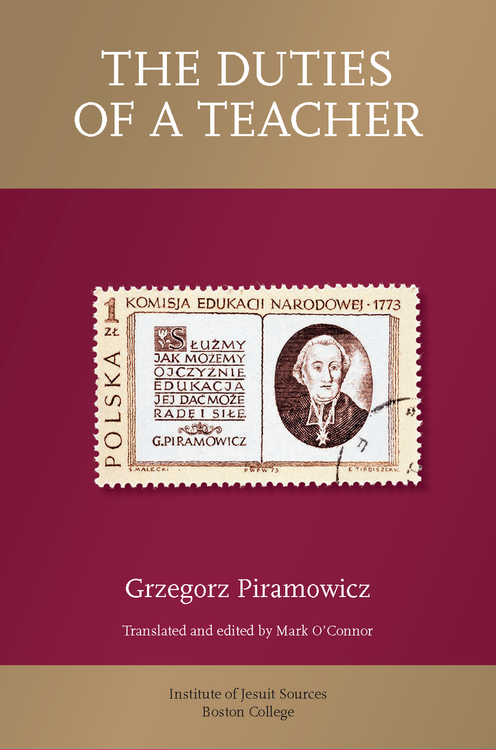Decree 50: “Changes in the Formula of the General Congregation in Accord with the Decisions of the Present Congregation,” General Congregation 31 (1966)
The decrees promulgated by the 31st General Congregation required changes to how future congregations would operate as described in the Formula of the General Congregation. The following decree outlines those changes. Among the alterations are those concerning the postulta (or petitions) Jesuits send for consideration at a general congregation. The decree notes that such postulta […]

